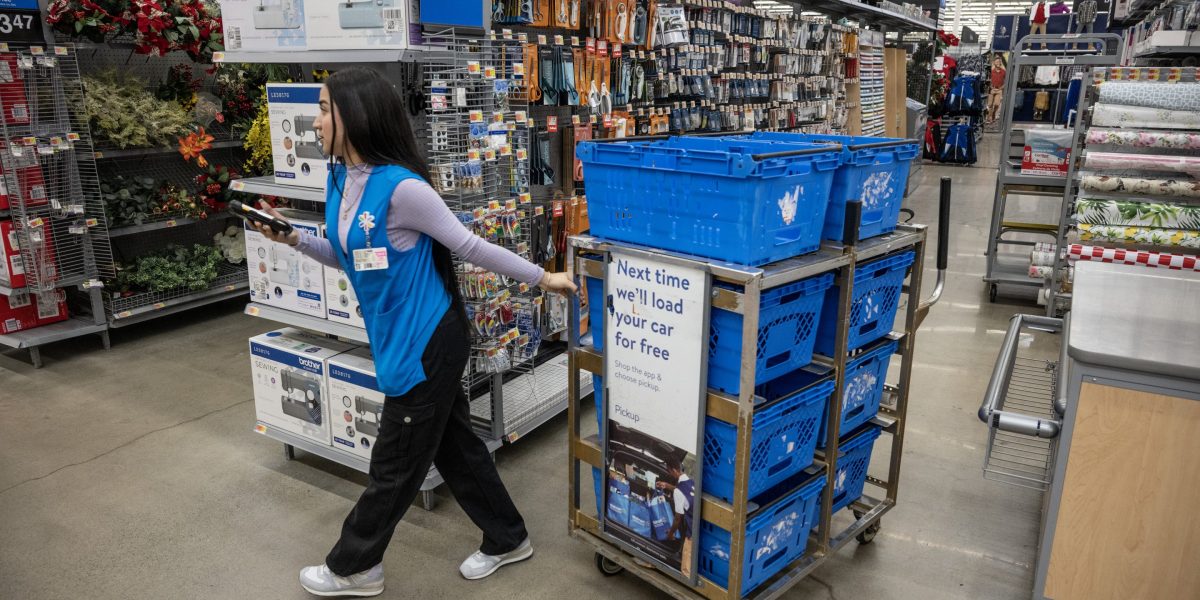

Jeffrey B. Wenger is the director of the RAND Lowy Family Middle-Class Pathways Center. George Zuo, an applied microeconomist, works at RAND researching policies bridging economic, education, and health disparities in the U.S.
As economists, we’re frequently asked for stock tips and clues about how to get rich. Rarely do we have good answers, but here’s a tip that could pay off in spades in the long term. Investors know that a 7% rate of return doubles an investment every 10 years: $10,000 today could grow to $80,000 in 30 years. A 9% rate of return, however, could transform that same $10,000 into $160,000 over the same time span.
So how do you gin up that extra 2%? Research we conducted at RAND finds that one way might be to hold stock in companies that make high-quality and substantively meaningful investments in their people—and specifically their frontline workers.
In 2020, the SEC mandated that publicly traded companies include information about their efforts to attract, develop, and retain workers as part of their annual disclosures. As firm value has become increasingly tied to knowledge (think software patents and drug licenses), the SEC argued that disclosures needed to be modernized to capture investments in workers—not just inventory, machinery, buildings, and land.
Our team of economists at RAND took this opportunity to analyze what happened in the retail sector pre- and post-2020. Using AI, we analyzed these information-dense SEC disclosures dating back to 2000. In short, we found that retailers’ post-2020 filings contain important nuggets about how they are investing in people—and that this information can often predict stock performance.
Our AI tool distinguished between smart, substantive statements and corporate blather like, “to support our growth and enhance the guest experience, we will continue to attract, develop, and retain at all levels and in all functional areas.” Oh really? One wonders how. By contrast, high-quality statements that our AI identified read more like this one from a major home improvement chain: “Since 2018 the company has invested more than $3 billion in incremental wages and share compensation for frontline associates, including the creation of new roles for associates to grow into.”
Using this approach, RAND’s AI rated how every large public retailer disclosed investments in its frontline workers. While many individual investors may not have an AI at their disposal yet, our report provides these ratings alongside every excerpt from SEC filings that our AI pulled in order to calculate them. We’ve provided the full range of disclosures—from the good ones to the egregiously vague ones—for anyone seeking to use this information.
We then used that data to gauge if and how stock prices responded. We found that retailers that made strong disclosures about investing in workers saw their short-term stock prices increase anywhere from 2% (within two weeks of the disclosure) to 2.5% (within 30 days of the disclosure). The results were quite robust, even after controlling for the wide array of financial data contained within the SEC filing.
This study should hit a nerve in today’s market. Investors are hungry for companies that play the long game, including when it comes to their employees. Companies are also navigating a crunch for talent: frontline workers gained significant leverage during the pandemic, and upward mobility and working conditions consistently rank near the top of their priorities.
It would help if the SEC provided clearer guidance on how firms should describe their investment in talent. The current rules on disclosures let companies get away with saying a lot without really saying anything. But here’s the bottom line from our findings: Companies that put their money where their mouth is, investing in their frontline workers, could see a non-trivial uptick in their financials if they were clearer and more direct about what they were doing.
So, how do you get rich? If you put patient money into companies that invest in their employees and wait 30 years, it seems likely you’ll receive a return that is double what you’d get otherwise. And you can do that while feeling good about improving the prospects of retail workers. If you really want to go all in, you can also shop at these profitable, worker-focused retailers—a win, win, win.
More must-read commentary published by Fortune:
The opinions expressed in Fortune.com commentary pieces are solely the views of their authors and do not necessarily reflect the opinions and beliefs of Fortune.















